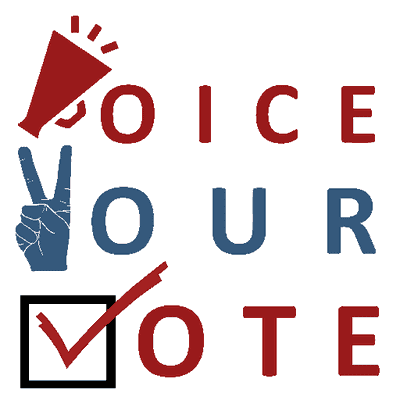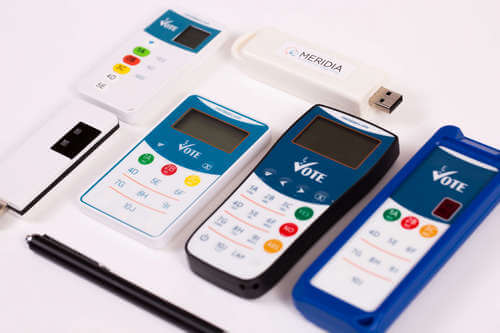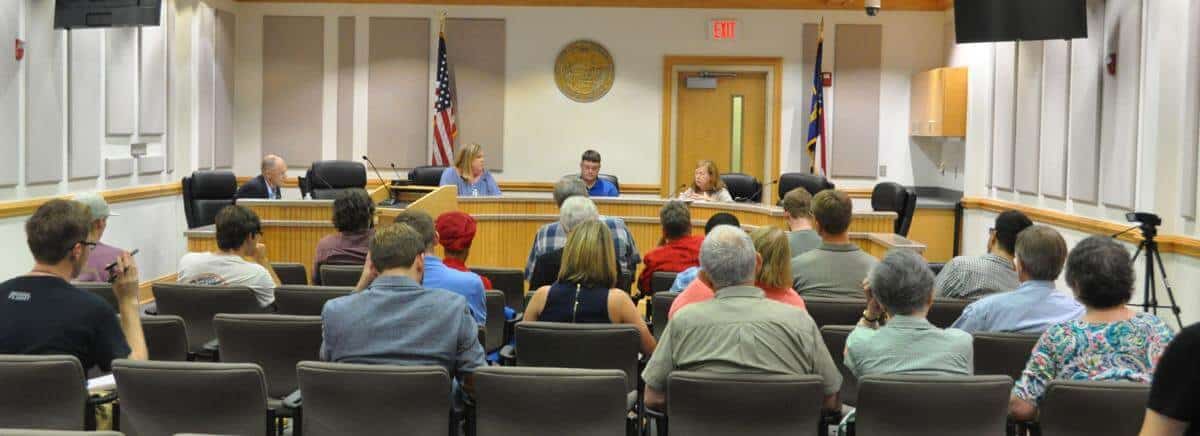Voice vs. Show-of-Hands vs. Electronic Voting
When it comes to voting – whether at the federal, state, local, municipal, even club and association levels – the vote outcome is what ultimately matters. Yet we have so many ways to determine outcomes: Voice voting (viva voce); show-of-hands voting; electronic voting. These are just three of the most common ways to hold votes and determine outcomes – and there are others – but each has different strengths. Each method also offers differing degrees of transparency with regard to who voted and how.
Voice Voting
Voice voting is generally straightforward: The chair puts the question to the assembly and directs all those in favor to say “aye,” directs all opposed to say “nay,” and then judges whether the ayes or the nays are in the majority. It’s simple enough to determine the outcome of the vote and a quick way to dispatch a vote when the outcome is a foregone conclusion. Loud though one faction may be, the more vociferous faction is going to carry the day.
One thing conspicuously missing from a voice vote, though, is accountability. In the cacophony of yeas and nays, it may be difficult to say with certainty who voted for or against a question. Also blurred in this process is an accurate record of the ratio of ayes to nays. One may know that the ayes have it, but by how many votes? That question remains unanswerable. Also unanswerable: Were there any abstentions? There’s simply no way to know in a voice vote.

Show of Hands Voting
And what happens if it’s not clear that the ayes have outshouted the nays? A show-of-hands vote offers one way to resolve that uncertainty. If the outcome of a voice vote is unclear or challenged, the chair can ask for a show of hands. Again, this is straightforward: The chair puts the question to the assembly and all those in favor raise their right hands – and judges then count and compare the number of hands they see. The chair then asks all those opposed to the question to raise their right hands. Another count is taken and recorded. The judges present the counts to the chair, and the side with the more votes prevails.
A show-of-hands vote provides at least two data points that a voice vote does not. Looking at the number of votes recorded by the judges, the chair knows precisely how many people voted aye and how many nay. Add those numbers together and the chair can also know – assuming the total number of voters present is known – whether anyone present abstained from voting.
While a spectator might be able to associate this raised hand or that with an individual voter, the identities of the voters are not usually recorded in a show-of-hands vote. In that way, like a voice vote, the show-of-hands voting procedure allows some measure of anonymity, though less than that found in a voice vote.

Electronic Voting
As an alternative to a voice or show-of-hands vote, electronic voting technology can provide the best of both approaches. When the chair puts the question to a vote, members can immediately click the yea or nay button on a clicker. The votes are collected and counted in an instant and the outcome summary can be displayed for all to see.
As a voting process electronic voting offers the speed and immediacy of a voice vote, as well as the precision and the insight of a show-of-hands vote. If anonymity is important to the proceeding, the software tallying the votes in an electronic voting system can be set not to identify how each individual voted. Then again, if accountability is more important, the clicker capturing the vote need only be associated with a given individual and that individual’s vote can then be identified for posterity. Either way, the exact vote can be counted in an instant and the outcome displayed for all to see.

